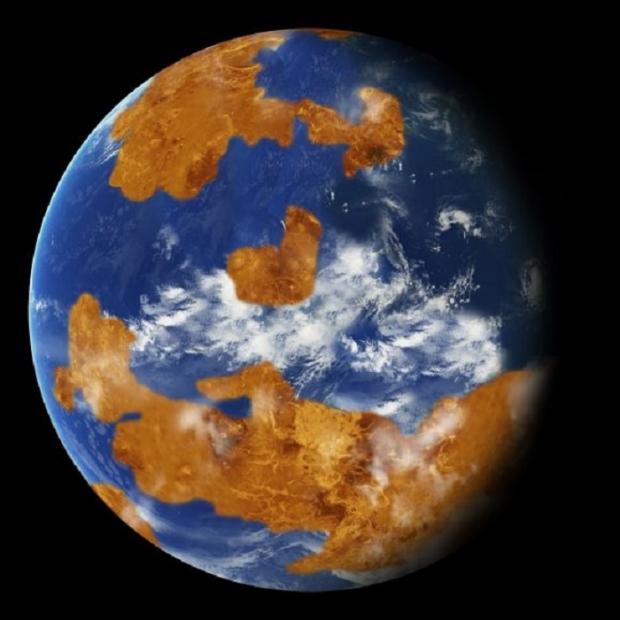According to NASA, their Pioneer Venus mission reached Venus back in 1978 and the craft discovered that Venus showed signs of past oceans on its surface.
Since that mission, NASA has discovered many more things about Venus' surface which gave them more data to be able to understand how the planet went from being "Earth-like" to what it is now. The data indicates that around 700 million years ago Venus experienced a Greenhouse Effect event that caused the now hot place it is. Which means that 2 to 3 billion years Venus could of had a habitable environment fit for life.
After the forming of Venus its development process was extremely similar to that of Earths, which means that the planets atmosphere at one stage consisted of a lot of carbon dioxide. Venus then went onto experience a massive outgassing event which is yet to be discovered by scientists. It is believed that this event was geological and was so massive that it caused 80% of the planet to resurface.
The event would of caused massive amounts of magma to bubble to the surface which releases huge amounts of CO2 into the atmosphere. Over time the magma would of dried and hardened on the surface, trapping the CO2 in the atmosphere and not allowing it to be naturally absorbed by the surface rocks. Quick facts: Venus' atmosphere is 90 times denser than Earth's and has a surface temperature of 462C/864F due to this event. More information located here.



